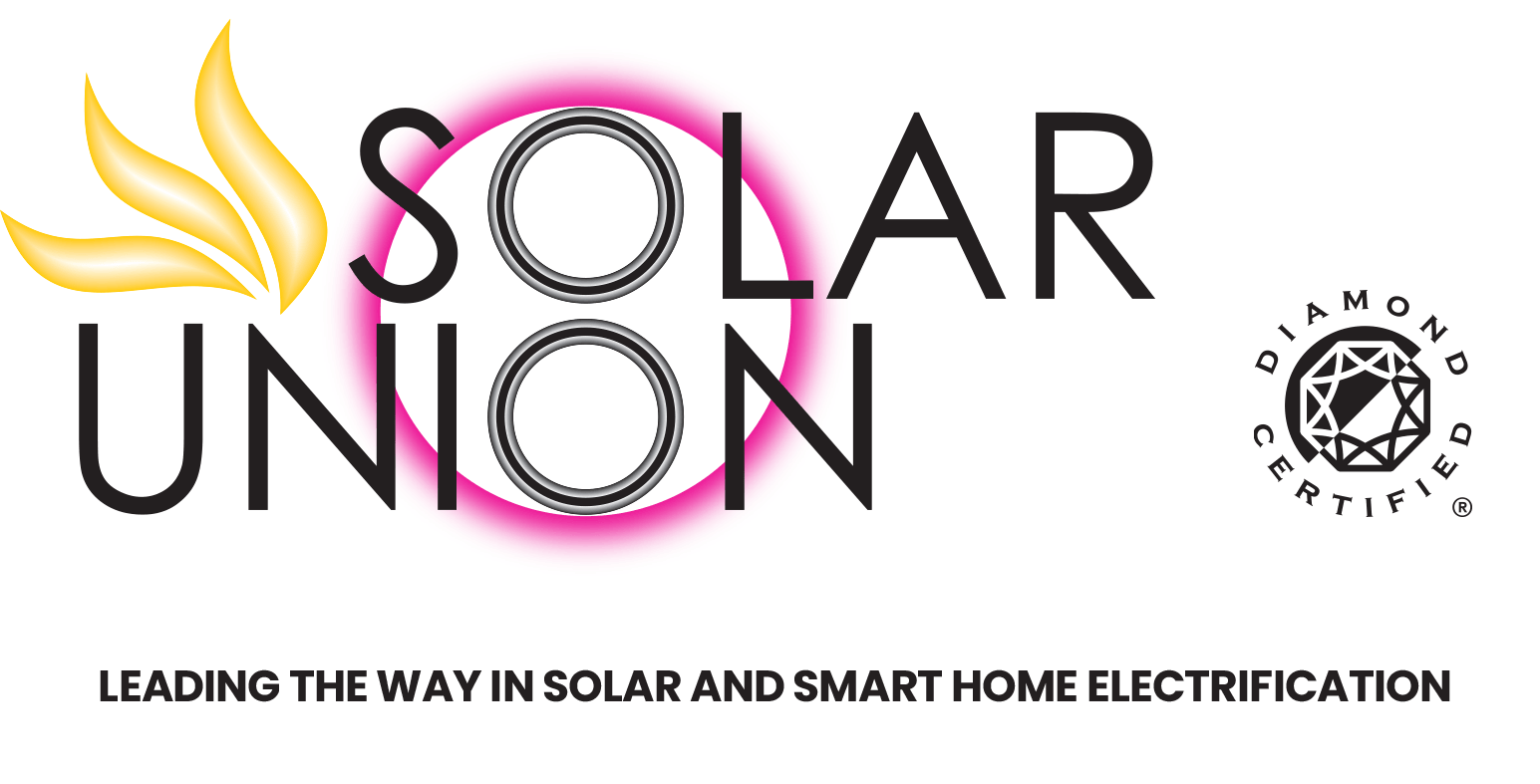
How Are Solar Panels Produced?
More and more, homeowners are looking to install solar panels due to their unmatched cost-savings and long-term sustainable impact on the earth. But what exactly are these solar panels made out of?
The simple answer is solar panels are a combination of solar cells, silicon, metal, and glass, joined together to create an absorbent platform that gathers solar energy. However, in reality, it is a bit more complicated than that.
What are solar panels made of?
As mentioned earlier, the most basic “ingredients” needed to make a solar panel are solar cells, also known as photovoltaic (PV) cells, glass, metal, and either polysilicon or silicon. Of all these components, the most crucial is the first. PV cells are the primary actor in converting sunlight into usable energy. When sunlight shines on a PV cell or series of PV cells, it is either reflected, absorbed, or left to pass through. In the case of solar panels, absorption is the key.
Solar cells look like grids, composed of silicon or polysilicon, and then covered with a sheet of glass. This protects the cell while also allowing for sunlight to filter through. When the sun shines on a solar panel, the solar cells generate a current that is then converted to usable AC electricity through an inverter.
Most solar panels are created using a series of solar cells that are joined together using a special wiring that can send the electricity to where it needs to go. Once assembled together, the joined cells are set between a back sheet and glass panel. These glass panels act as a protection against any weather event, like rain or snow.. Finally, the solar cells, backsheet, and front glass panels are placed in a metal frame to ensure everything stays together.
How are solar panels made step by step?
The construction of solar panels can be separated into five basic steps:
Construct the solar cells
The first step in creating a functioning solar panel that is ready for purchase, is assembling the solar cell itself. Solar cell construction is where most of the chemistry needed to convert the sun’s ways to usable energy occurs. Solar cells are composed of silicon, phosphorus, and either gallium or boron, blended together to create an ingot that can conduct electricity. The ingot is then sliced into sheets and covered in anti-reflective coating. The final step is adding slits to the cell to funnel electricity.
There are two main types of solar cells often used in solar panels: N-type and P-type. N-type cells are built using phosphorus which gives them a negative charge. N-type cells are known to be more efficient due to their interaction with light. P-type cells are built using boron, which gives them a positive charge. However, P-type cells tend to be more resistant, as N-type cells deteriorate quite quickly when exposed to large amounts of light.
Combine the solar cells into a solar panel
If you’ve seen a solar panel, you know they are not very small. In order to be an effective form of energy generation, solar panels are composed of a series of solar cells soldered together. Soldering is a process in which metal links are used to connect the cells to one another. The amount of solar cells that make up a solar panel depends on what the solar panel is used for, e.g. residential use or commercial use. Commercial use solar panels are generally composed of 72 cells, whereas a standard solar panel size is 60 cells.
Install the surrounding elements
Once the solar cells are linked together to create multi-cell solar panels, the surrounding elements need to be added. These include the front glass layer, the backsheet, and the frame. The front glass layer is placed on top of the cells to filter the incoming sunshine. This piece of glass is generally around 6-7 millimeters thick. The backsheet, generally made of a durable plastic material, is added to the bottom of the cells. These two components are joined using a special glue called ethylene vinyl acetate (EVA). Lastly, everything is joined together by a metal frame, typically made from aluminum, that is used as another barrier of protection and to mount the panels on roofs.
Set up the junction box
The junction box acts as a shelter to protect the solar panel from any potential harm or damage. It allows for the flow electricity to keep moving from the panel to the inverter, without reversing its direction. This is especially important when the solar panel is not generating any electricity, for example, during the evening. The panel will naturally try to consume energy, but the junction box continues to combat the reversal of the electricity. This ensures that your solar panels always function as they should, even in the off-hours.
Test of quality
Like all things, the solar panels need to undergo a series of quality tests to make sure they can function as designed. The solar panel testing requirements are known as the Standard Test Conditions (STC). For a solar panel to be released on the market, it must pass the STC. The STC looks at efficiency, projected output, and any other technical specifications that are advertised. The standard conditions used to test panels are: 1000W/m2 irradiance, 25°C cell temperature and an air mass of 1.5g.
Where are solar panels made?
Solar panels are created in many different countries, including the United States, and areas in Europe and Asia. Like many other industries, most manufacturers look to countries with low labor costs to produce their product. This allows for a higher return when sold. However, it is important to look into where and who manufactures your solar panels to ensure that you’re not only getting the quality that you have paid for, but also to ensure that all standard conditions have been tested and passed. Doing your due diligence in researching your future solar panels can save you headaches and money down the line.
Carbon footprint of solar panel manufacturing
A common question when it comes to the sustainability aspect of solar panels is, how sustainable is the actual manufacturing of solar panels? Like all products that need to be manufactured, the carbon footprint in the construction is not zero. In fact, due to the plastics and metals needed to make solar panels, a certain amount of carbon use is needed. Unfortunately, there are still some negative impacts to constructing solar panels. But this being said, the long-term carbon savings of switching to a renewable energy source like solar, greatly outweigh the usage that is needed to produce them in the first place. Ultimately, once solar panels become more widely used, the energy savings and decreased carbon use will have unmatched environmental benefits.
Speak with the experts today
Solar panels can be a steep investment, which is why ensuring that you are purchasing from a high-quality and trusted seller is key in ensuring your money goes the distance. The experts at SolarUnion are here to ensure that you get resilience and reliability with any and all of your solar panel purchases. Contact us today and begin your journey to sustainability with our seasoned and professional team.

